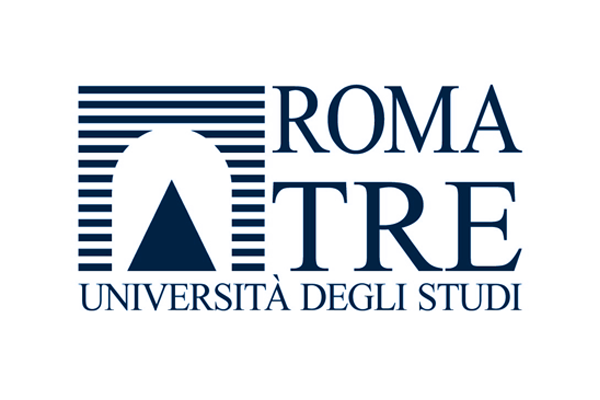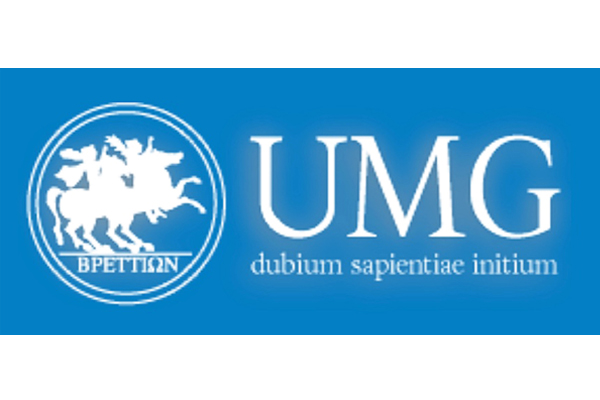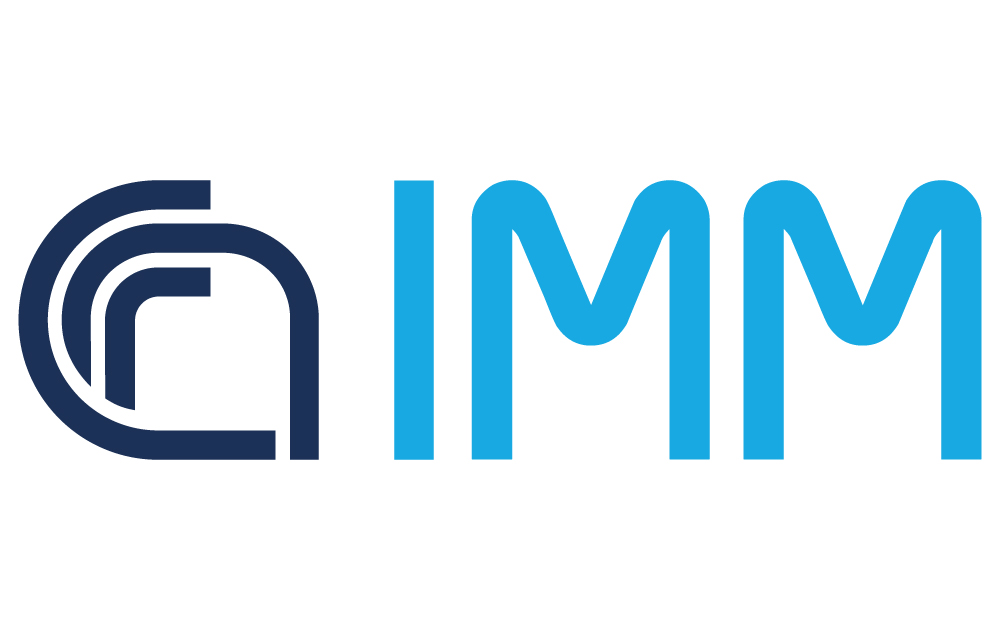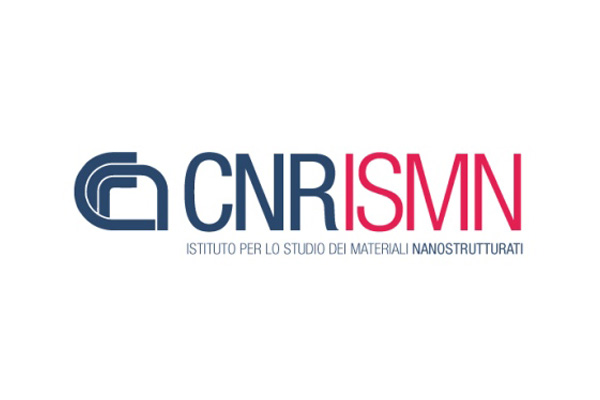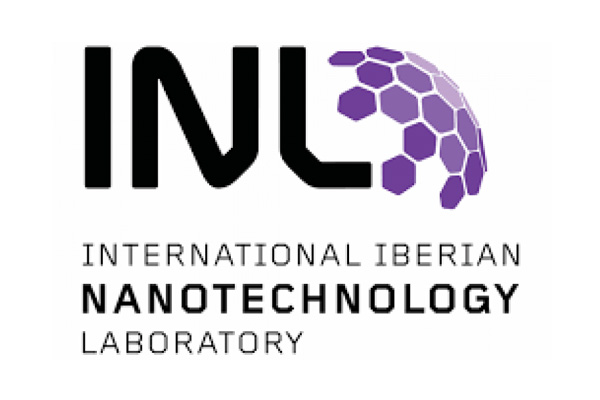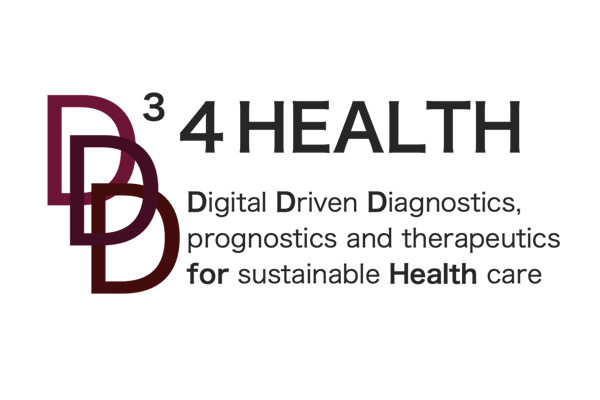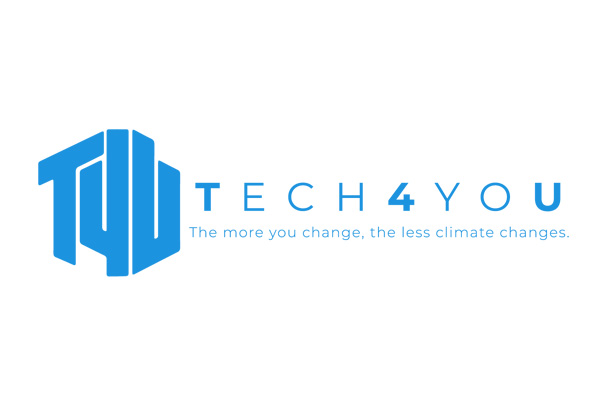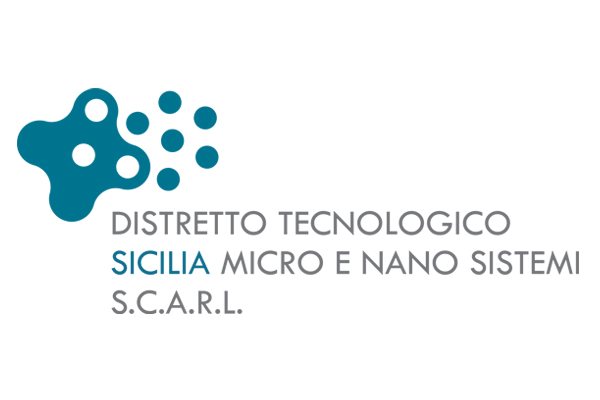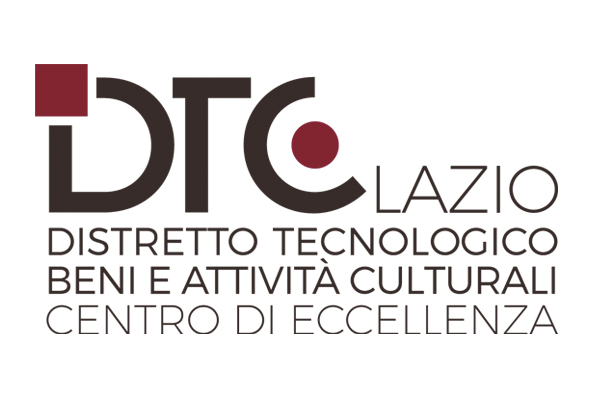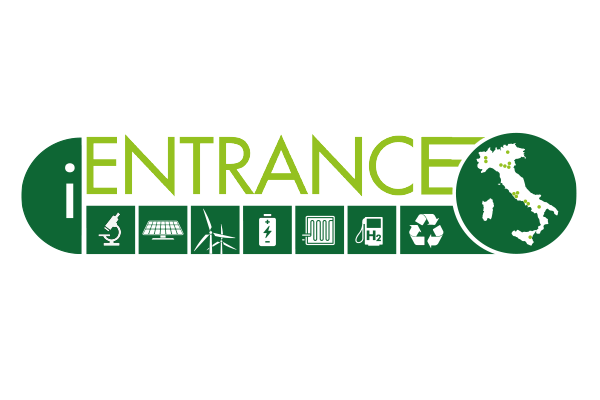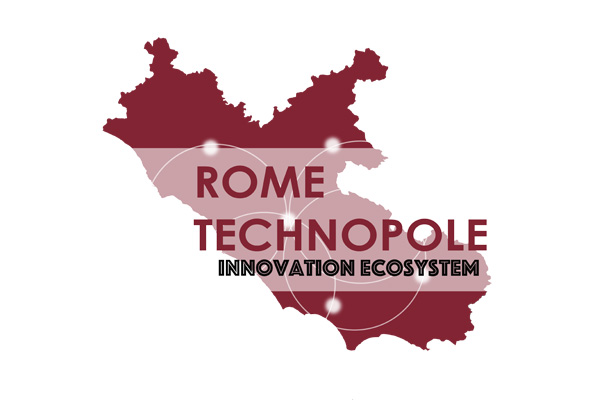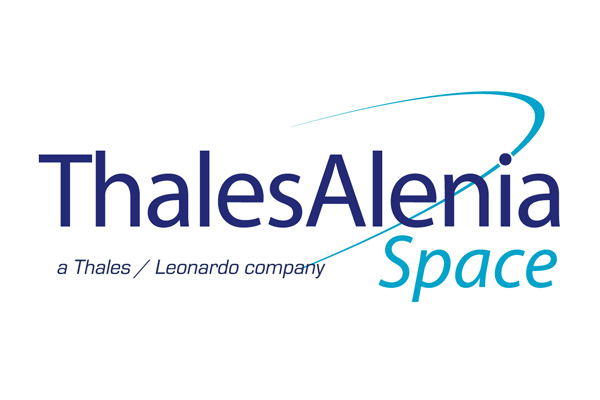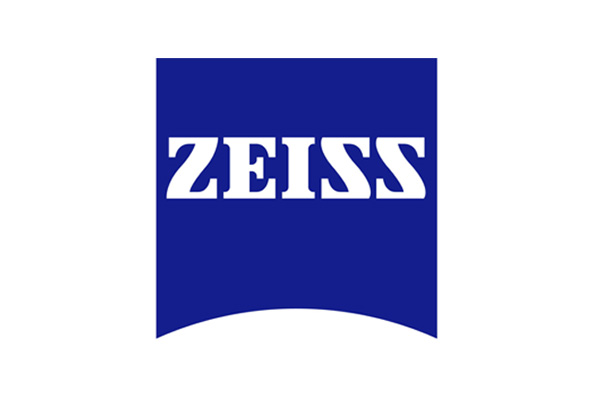| CLOISTER ROOM | |||||
|
WS.IV MATERIALS FOR OUR ENVIRONMENT September 11-12 |
|||||
| Co-organized with: |
|||||
 |
|||||
|
WORKSHOP COMMITTEE |
|||||
|
This workshop is dedicated to showcasing cutting-edge advancements in materials science with a specific focus on air and water remediation. It will feature a series of high-level talks from renowned experts in the field, providing deep insights into the latest research, technologies, and strategies for combating pollution and environmental degradation. The workshop aims to highlight innovative materials and methods that have shown promise in the purification and remediation of air and water, addressing critical issues such as the removal of toxic pollutants, reduction of carbon emissions, and enhancement of water quality in contaminated areas. By bringing together leading scientists, environmental policymakers, and industry stakeholders, the event will foster a rich dialogue on the integration of advanced materials into sustainable environmental practices. Attendees will have the opportunity to engage with speakers through comprehensive Q&A sessions, facilitating a deeper understanding of the challenges and opportunities in environmental remediation. This gathering is an essential platform for those committed to the development and deployment of groundbreaking solutions for air and water quality improvement, setting the stage for collaborative efforts towards a more sustainable and cleaner environment. |
|||||
| September 11 | ||||||||
| 09:00 - 10:30 Materials for Environment 1/3 WS.IV.1 - TT.I.J |
||||||||
| Co-organized with University of Milan Chair: Claudia Letizia Maddalena BIANCHI, University of Milan |
||||||||
| This session showcases a range of innovative research focused on enhancing environmental sustainability through the development of advanced materials and technologies. The studies cover various topics related to photocatalysis, energy purification, and sustainable agriculture. One presentation discusses the construction of TiO2-based composites to enhance the photocatalytic degradation of organic pollutants, emphasizing how surface modification and composite formation can improve efficiency in environmental remediation. Another presentation provides an overview of micrometric semiconductor materials used in photocatalytic applications, focusing on the properties that enhance their effectiveness in solar energy conversion and contaminant degradation. The session also explores electrochemical innovations for hydrogen separation and purification from natural gas within distribution networks, highlighting efforts to improve air quality through more efficient and cleaner techniques. Lastly, a presentation examines the use of nutrient-modified superabsorbent polymers for vapor harvesting, turning surface enrichment into an opportunity for sustainable agriculture. Together, these studies offer a comprehensive perspective on new solutions to environmental challenges, promoting a cleaner and more sustainable future. | ||||||||
| WS.IV.1.1 TT.I.J.1 |
Wenbin CAO USTB, Cina Construction of TiO2 based composites towards enhanced performance on photocatalytic degradation of organic pollutants |
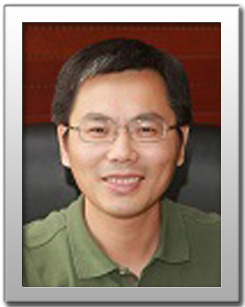 |
||||||
| WS.IV.1.2 TT.I.J.2 |
Giuseppina CERRATO - CV University of Turin An overview about micrometric semiconductor materials to be employed in photocatalytic applications |
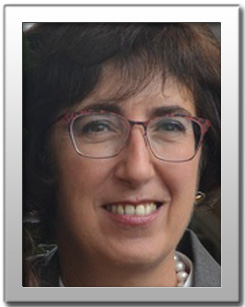 |
||||||
| WS.IV.1.3 TT.I.J.3 |
Elisa ZANELLA, Carlo PIROLA Universitty of Milan Towards a Cleaner Future: Electrochemical Innovations in Hydrogen Separation and Purification from Natural Gas in Distribution Networks and Their Impact on Air Quality |
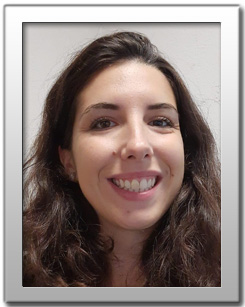 |
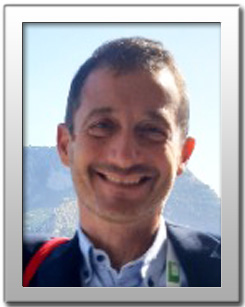 |
|||||
| WS.IV.1.4 TT.I.J.4 |
Vincenzo FABBRIZIO - CV University of Milan Vapour harvesting through nutrients modified superabsorbent polymers: exploiting surface enrichment into an opportunity for the sustainable agriculture |
 |
||||||
| 11:30 - 13:00 Materials for Environment 2/3 WS.IV.2 - TT.II.K |
||||||||
| Co-organized with University of Milan Chair: Valentino CAPUCCI, Graniti, Fianders |
||||||||
| This session focuses on the critical aspects of indoor air quality (IAQ) and its impact on health and well-being, presenting various methods, technologies, and guidelines to ensure healthier indoor environments. One presentation discusses the development of advanced odor evaluation methods for indoor environments and building materials in China, highlighting innovative approaches for assessing and mitigating unpleasant or harmful odors that can affect indoor air quality. Another contribution examines the role of indoor air quality in promoting health within confined environments, emphasizing the importance of adequate ventilation, pollutant control, and environmental design to ensure safe and healthy living and working spaces. Additionally, the session covers an international overview of reference guideline values for indoor air pollutants, addressing the challenges faced in maintaining IAQ standards globally. This discussion explores the various pollutants commonly found indoors, such as volatile organic compounds (VOCs), particulate matter, and microbial contaminants, and the reference values set by different international organizations to manage these risks. Together, these presentations provide a comprehensive look at the latest developments and challenges in maintaining high IAQ standards, underlining the need for innovative solutions and harmonized guidelines to safeguard public health in indoor spaces. | ||||||||
| WS.IV.2.1 TT.II.K.1 |
Hongyan GUAN - CV CTC, China Technology and development of odor evaluation method for indoor environment and building materials in China |
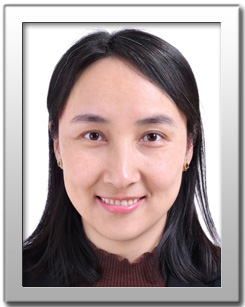 |
||||||
| WS.IV.2.2 TT.II.K.2 |
Eleonora MARCOLINI - CV Graniti, Fianders Active Surfaces: cutting-edge photocatalytic surfaces production process for the reduction of pollutants and enhancement of air purity |
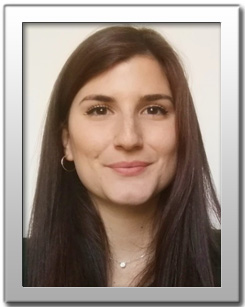 |
||||||
| WS.IV.2.3 TT.II.K.3 |
Marco GOLA Polytechnic University of Milan Built environment and health: How indoor air quality can guarantee healthy confined environments |
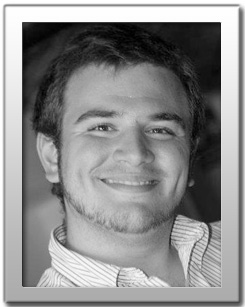 |
||||||
| WS.IV.2.4 TT.II.K.4 |
Gaetano SETTIMO Istituto Superiore di Sanità Challenges in IAQ for Indoor Spaces: An international overview of the Reference Guideline Values of Indoor Air Pollutants |
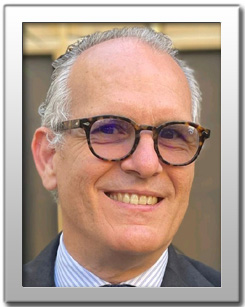 |
||||||
| 14:00 - 15:30 Materials for Environment 3/3 WS.IV.3 - TT.III.M |
||||||||
| Co-organized with University of Milan Chair: Giuseppina CERRATO, University of Turin |
||||||||
| This session delves into advanced materials and innovative technologies for water remediation, focusing on the removal of emerging contaminants and persistent pollutants. The presentations cover a range of strategies aimed at enhancing the effectiveness and sustainability of water treatment processes. One talk discusses the development of tailored nanocomposite membranes specifically designed to address contaminants of emerging concern and persistent pollutants in water, highlighting how nanotechnology can be harnessed to create highly efficient and selective filtration systems. Another presentation explores the use of floating photocatalysts in wastewater treatment, emphasizing their potential to drive a green transition towards more sustainable water management practices. This approach aims to leverage solar energy to degrade harmful substances, offering a cost-effective and eco-friendly solution for future societies. Additionally, the session includes a discussion on the integration of sonophotocatalysis and composite materials, presenting a novel method for enhancing water remediation efforts by combining ultrasound and photocatalytic processes to more effectively target a range of contaminants. Lastly, the session features a presentation on "VisioNing," a case study illustrating the journey from a conceptual idea to a successful project, emphasizing the importance of innovation, strategic planning, and collaboration in bringing sustainable water treatment solutions to fruition. Together, these talks provide a comprehensive overview of cutting-edge approaches to water remediation, highlighting the need for interdisciplinary efforts to tackle the complex challenges of water pollution in a sustainable manner. | ||||||||
| WS.IV.3.1 TT.III.M.1 |
Pedro MARTINS - CV University of Minho, Portugal Advanced Materials and Strategies for Emerging Contaminants in Water Remediation |
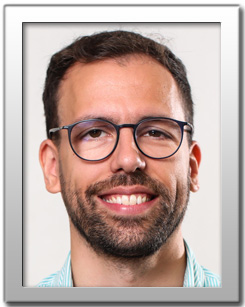 |
||||||
| WS.IV.3.2 TT.III.M.2 |
Melissa GALLONI - CV University of Milan Floating photocatalysts as key players in reshaping sustainable wastewater treatment: a green transition towards future society |
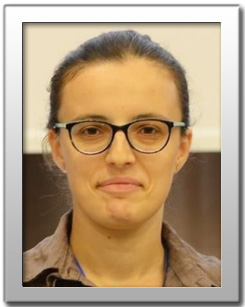 |
||||||
| WS.IV.3.3 TT.III.M.3 |
Hugo SALAZAR - CV BCMaterials, Spain Merge of sonophotocatalysis and composite materials for addressing contaminants of emerging concern in water remediation |
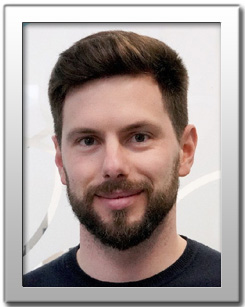 |
||||||
| WS.IV.3.4 TT.III.M.4 |
Ermelinda FALLETTA - CV University of Milan | VisioNing VisioNing: from an idea to a successful project |
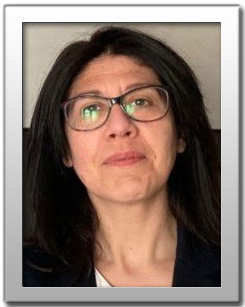 |
||||||
| September 12 | ||||||||
| Common Symposium of Polytechnic University of Turin | University of Milan |
||||||||
| 16:00 - 17:30 Life-cycle Assessment (LCA) and Safe and Sustainable-by-Design (SSbD) WS.IV.4 - TT.VIII.A - WS.II.8 |
||||||||
| Co-organized with Polytechnic University of Turin & University of Milan Chair: Wenbin CAO, USTB, China |
||||||||
| The global shift towards sustainable energy systems necessitates comprehensive methodologies for evaluating environmental impacts and ensuring safe and sustainable development. This symposium integrates Life Cycle Assessment (LCA) and the Safe and Sustainable by Design (SSbD) framework within the context of the energy transition. LCA offers a robust approach to quantifying the effects on environments associated with energy technologies across their entire lifecycle—from resource extraction through to disposal. In addition to environmental consideration, a comprehensive evaluation of the impact of novel technologies must also consider the social dimension. Social Life Cycle Assessment (S-LCA) methodologies are promising tools for the evaluation of the social impact of technologies, products and services, through qualitative and semi-quantitative approaches. The afore-mentioned life cycle assessment methodologies are crucial for the design, development and production of clean, sustainable and safe chemical and materials. The SSbD framework emphasizes the proactive design of energy systems and technologies to minimize environmental harm, enhance safety, and ensure compliance with sustainability goals. This symposium focuses on state-of-the-art strategies for the assessment of environmental and social impacts, highlighting benefits and limitations of the current approaches through the presentation of case studies. Key findings underscore the importance of interdisciplinary collaboration and continuous innovation for the development of reliable assessment methodologies, which will serve as guidelines for the design of safe and sustainable innovative material sand technologies. | ||||||||
| WS.IV.4.1 TT.VIII.A.1 WS.II.8.1 |
Claudia BIANCHI - CV University of Milan Life Cycle Assessment: A Comprehensive Tool for Environmental Impact Evaluation and Sustainable Decision-Making |
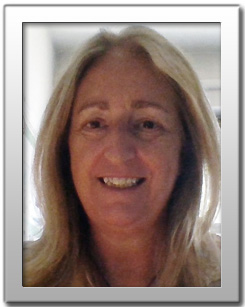 |
||||||
| WS.IV.4.2 TT.VIII.A.2 WS.II.8.2 |
Vasilissa NIKONOVA - CV University of Salerno Method Matters: Exploring Assessment Variability in Carbon Footprint Analysis of Building Materials |
 |
||||||
| WS.IV.4.3 TT.VIII.A.3 WS.II.8.3 |
Arian GRAINCA - CV University of Milan Advancing Sustainability in Hydrocarbon Production: Breakthroughs in CO2 Hydrogenation with Iron-Based Catalysts and Comprehensive Life Cycle Assessment of Environmental Impacts |
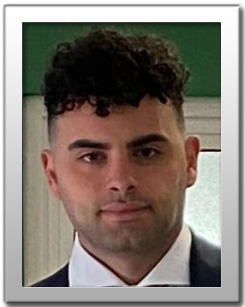 |
||||||
| WS.IV.4.4 TT.VIII.A.4 WS.II.8.4 |
Jacopo BINDI - CV University of Turin Integrating Social Sustainability: Social Life Cycle Assessment and its application to green hydrogen |
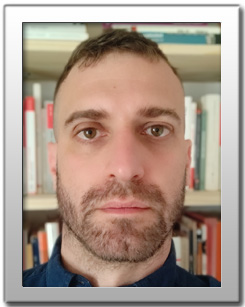 |
||||||
| WS.IV.4.5 TT.VIII.A.5 WS.II.8.5 |
Serena BIELLA - CV University of Milan The Added Value of Consulting in ESG, Carbon Footprint, LCA, and Ecodesign for Business Competitiveness |
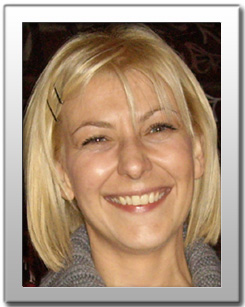 |
||||||
| Back to Overview | Go to Plan 11 September | ||
| Go to Plan 12 September | |||





